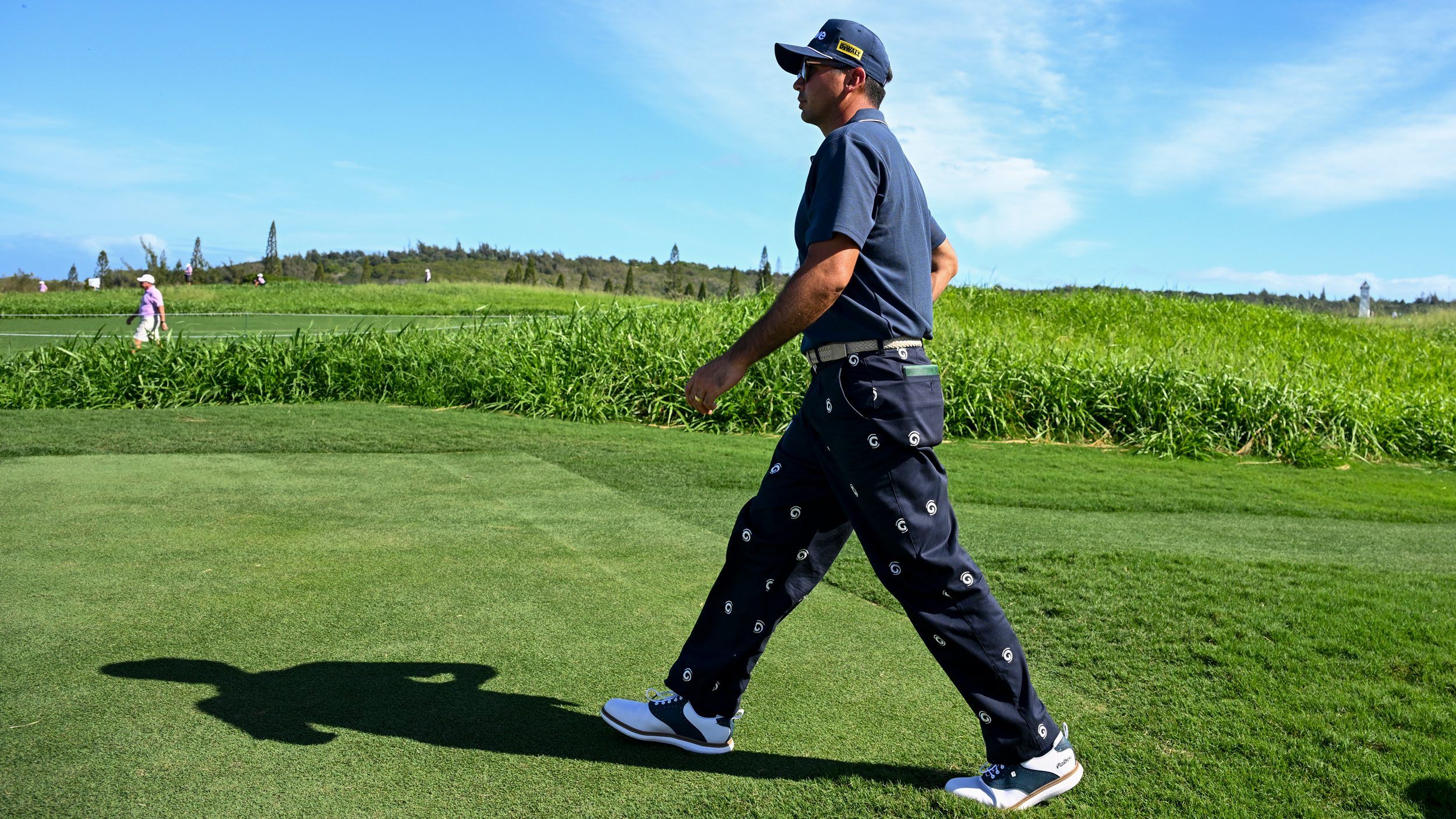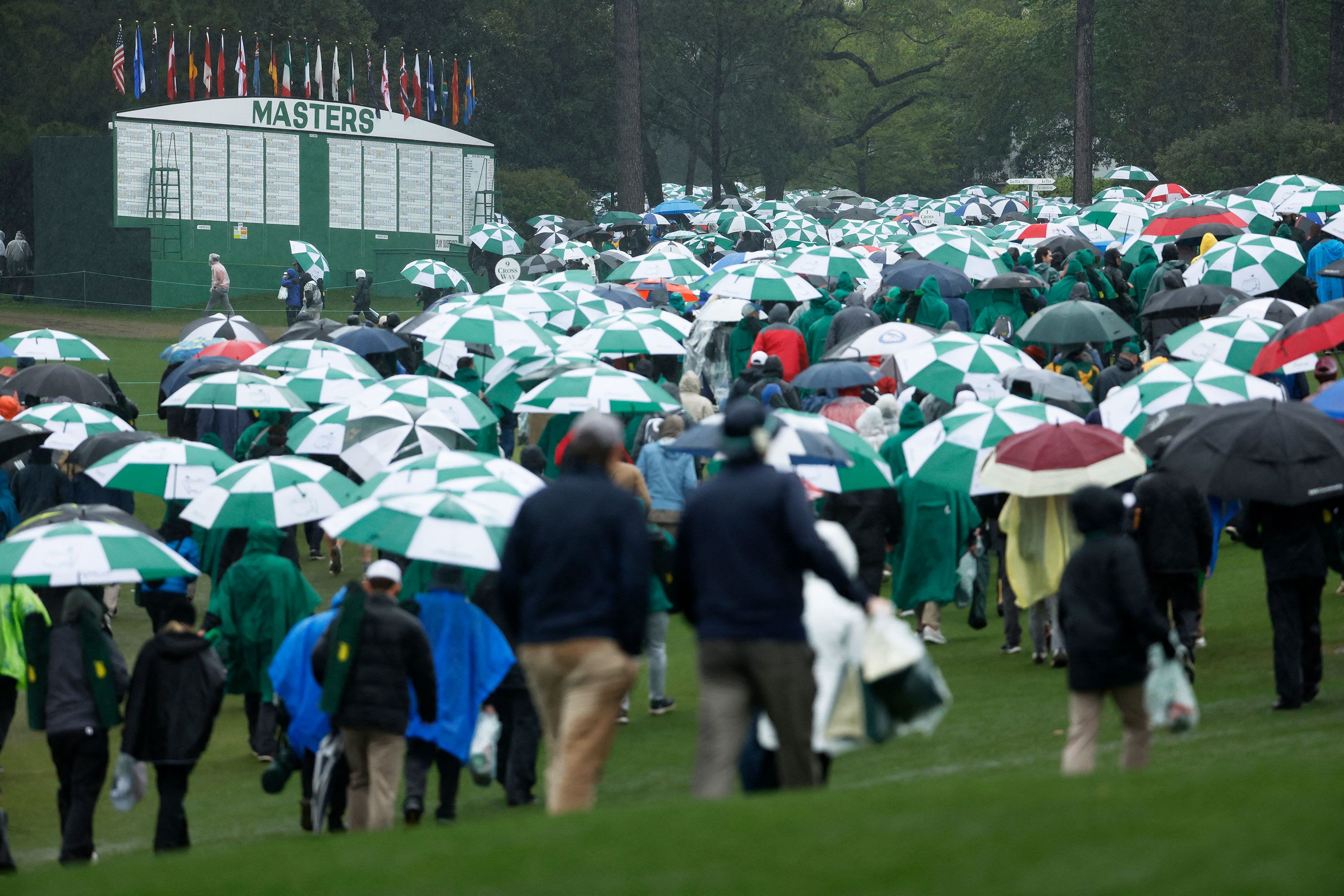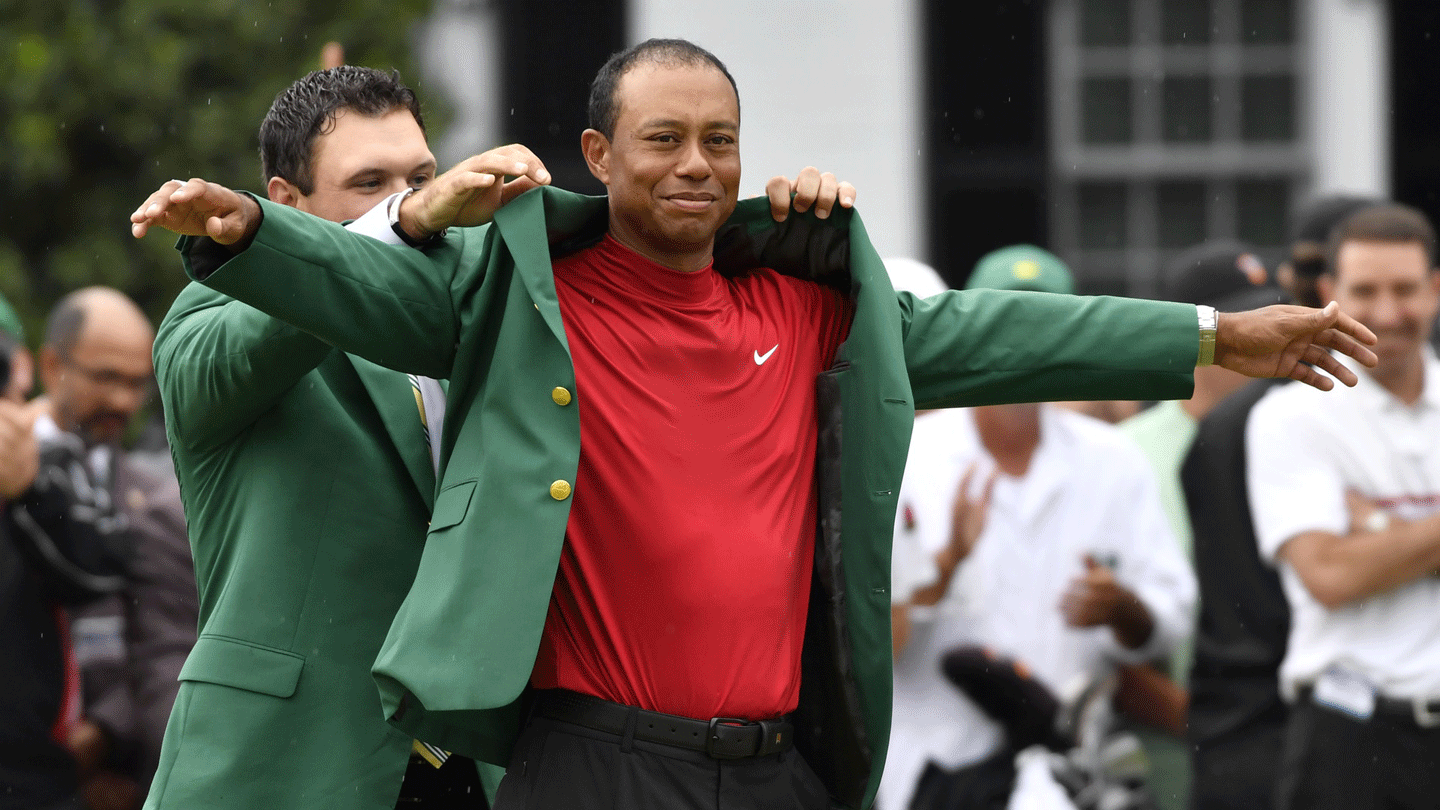Golf Instruction
Simple Tips to Improve Your Mid Game

Standing on the tee box admiring a straight drive down the middle of the fairway, you may feel that the most difficult part of the hole is over with (especially if you’ve struggled with consistency off the tee). Regardless, let’s say you’re left with 177 yards in on a long par 4. As you pull that 6 iron from the bag you begin to realize that outcome of this second shot could be one of many.
You can skull it and hit thin, chunk it and hit it fat, slice it, hook it, top it, come up short, hit it too long, hit it right, hit it left, pop it up…you get the idea. Combine all these potential outcomes with the fear of wasting a perfect drive and ending up with a double bogey due to a failed mid-shot and you’re mentally down and out before even addressing the ball.
The key to a good mid game is having confidence in your mid-irons, and that comes with plenty of practice. The problem is that far too many of us constantly focus on improving our long game (driver) and short game (chipping and putting), while all too often neglecting to giver proper attention to a solid mid-iron practice session.
The simple fact is that, although often overlooked, the your mid-irons may just be some of your deadliest weapons. Remember, you only use your driver 13-14 times per round, and odds are you’ll be swinging your 5-6-7 irons more times than that.
So here are some practice tips for mastering your iron game:
Control Your Aim
Hitting a green in regulation is tougher to do with a low iron then a with your high lofted 8 and 9 irons. The low irons are going to have less loft, allowing the ball to travel further, and therefore compound any alignment issues, so aim is much more critical in this case. Any miss hit with a low flight golf shot can hurt you far more than mishitting a 9 iron a little left or right of the green.
When you’re on the range, try using something to align your stance such as alignment rods, another club, or draw a line. Essentially, you want to ‘calibrate’ your body to aim exactly where you want the ball to end up.
Take a Proper Divot
If you hit an iron shot without taking a divot, your margin of error is extremely small. The best golf shots are hit with a descending strike – when the club strikes the ball first and then proceeds forward to take a small divot in front of the ball. An easy way to practice this is to place two tees in the ground perpendicular to the target about 5-6 inches apart. Then, set up your stance and address the club in the space between the tees as if there was a ball there. Take multiple practice swings and create divots in front of the tees on the side closest to the target.
Know Your Distance
The best way to determine how far you hit each iron is to spend a few hours on the range per week consistently hitting the ball. Pick a measured target and hit 10-15 balls per iron. From this, you’ll probably hit 10-12 of them with roughly the same swing and you’ll begin to notice a distance pattern. Write down the average yardage you hit that iron on a small pad of paper (or make a note in your phone). By knowing your distances for each club you can maintain the consistency of your swing by not trying to over-hit your clubs. For example, if you hit your 6 iron 180-183 yards and you’re faced with a 177 yard shot to the green, don’t try to go with the ‘soft 6 iron’ because it will change too many variables in your swing. Instead, hit a natural 7 iron, and let the bounce and roll get that 165-168 club to a 177 distance no problem.
-
Equipment3 days ago
Bryson DeChambeau is Using Custom 3D Printed Irons at The Masters
-

 Fantasy Golf Predictions1 week ago
Fantasy Golf Predictions1 week agoFantasy Golf Picks, Odds, and Predictions – 2024 Masters Tournament
-

 News6 days ago
News6 days agoMalbon Has Jason Day Looking DAPPER for The Masters
-

 News6 days ago
News6 days agoDark Skies Ahead: Masters Forecast to Favor Bad Weather Golfers
-

 News1 week ago
News1 week agoTiger Woods Health Before Masters Tournament Revealed
-

 News7 days ago
News7 days agoLANDSLIDE: Brandel Chamblee Predicts a Runaway Victory for Past Masters Champ
-
News3 days ago
U.S. Open Champ Takes a Dig at DeChambeau, but Is It Warranted?
-

 Apparel5 days ago
Apparel5 days agoViktor Hovland Joins Team Puma












